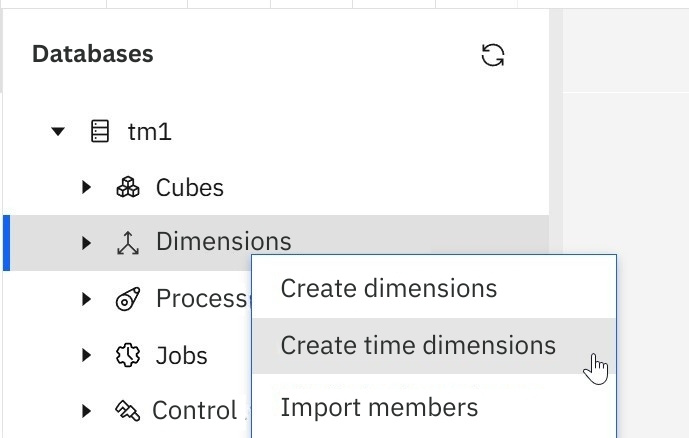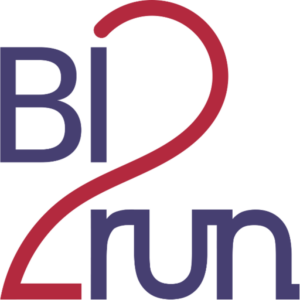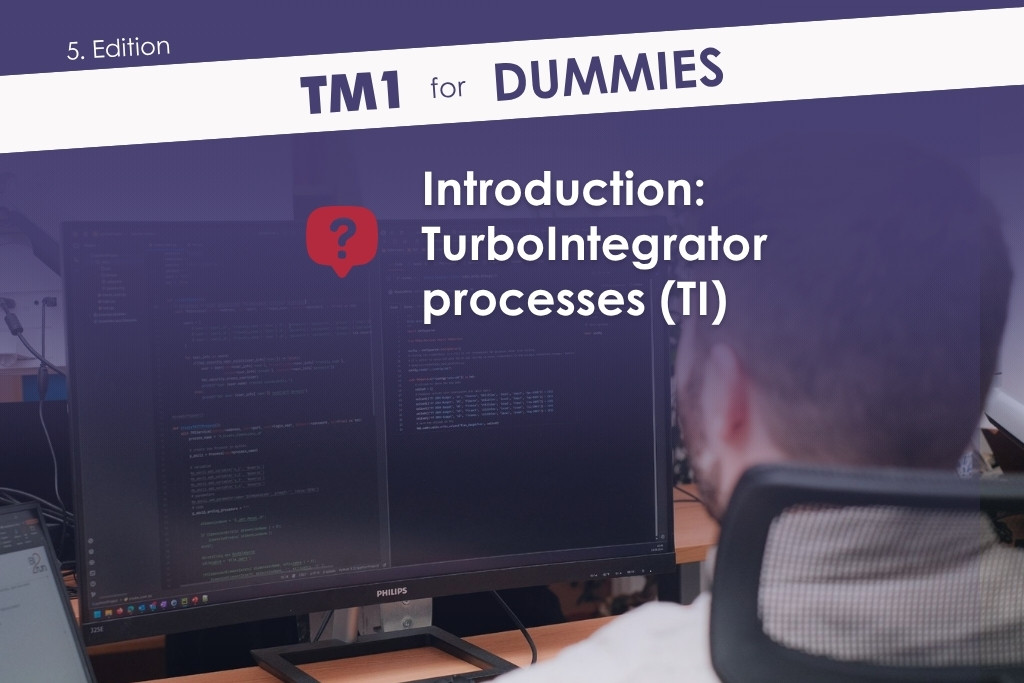TurboIntegrator (TI) is a powerful tool within TM1 that eases the burden of data management by loading, transforming and automating processes. For beginners in this area, the following article provides a basic introduction to the most important aspects of TurboIntegrator processes.
Note: For historical reasons, the term “TM1” is often still used synonymously for “IBM Planning Analytics”, but today it officially only refers to the database engine.
What is TurboIntegrator?
TurboIntegrator serves as a scripting and process automation engine in TM1. This allows data to be imported from a variety of external sources such as SQL databases, flat files and ODBC and transformed and loaded within TM1.
In addition, TI offers the ability to dynamically create and customize rules and dimensions, allowing routine tasks such as updating hierarchies or loading new data to be automated.
Structure of a TI process
A TI process is divided into four main sections, each of which fulfills specific functions:
- Prolog: Is executed once before the actual data import and is used to initialize variables, define data sources and carry out other preparatory steps.
- Metadata: Focuses on changes to dimensions or hierarchies such as adding elements or updating attributes and is executed for each row of the data source.
- Data: Once Metadata has been completed, this section loads or transforms the data into cubes. The code written here is executed for each row of the data source.
- Epilog: Is executed once after the data has been processed and enables final actions such as writing logs or sending notifications.
Basic steps for creating a TI process
The creation of a TI process begins with the selection of a new data source in the TI process editor, be it a text file, an ODBC connection or a CubeView. TM1 automatically recognizes the fields and creates corresponding variables. The variables are used by Metadata & Data (see above)
After writing the necessary TM1 script code in the corresponding sections, the process is tested in the editor and the log is checked for errors. If necessary, breakpoints can be set or test data used to analyze the code specifically with the help of the debugger and to identify possible error sources step by step.
Important TI functions and best practices for beginners
Some essential functions in TI processes include writing data to cubes, editing dimension elements and controlling data sources.
For beginners, it is advisable to structure the code, use error logging effectively, make backups of dimensions and cubes and test processes step by step with test data in order to detect and correct errors at an early stage.
A particularly useful introduction for beginners is the creation of a time dimension. This can be easily created using the menu navigation – without any programming knowledge. Members, such as time periods, can also be imported from Excel files and automatically converted into a structured form.
This makes it much easier to get started, as many steps are visual and easy to follow. Once the menu navigation is complete, a TI process is automatically generated, which serves as the basis for subsequent automation or adjustments.

Conclusion
TurboIntegrator processes offer a powerful way to efficiently automate and control data processes in TM1. Even though getting started can seem complex at first, a structured approach – combined with best practices and visual aids – makes it much easier to understand. With increasing experience, a wide range of possible applications open up that go far beyond simple data imports. Those who recognize and use the potential of TI processes at an early stage lay the foundation for a powerful and scalable BI environment.
Contact us to find out more about how IBM Planning Analytics can support your company!







